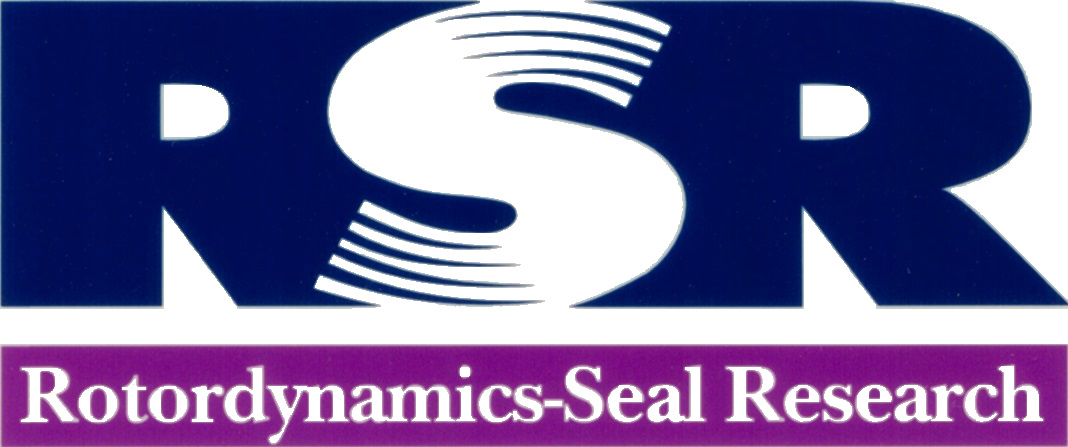Hydrodynamic Bearing Software
Capabilities
RAPPID™ hydrodynamic bearing analysis software utilizes the full Navier-Stokes solution and offers the following capabilities:
- Laminar, transitional and turbulent flow
- Full thermal model
- Results include full effects of fluid inertia and shear
- Axial and/or circumferential grooves for sleeve bearings
- Geometrically correct pivot models for tilting pad bearings
Why Navier-Stokes for bearing rotordynamic coefficients? Download or Open
Features
RAPPID™ hydrodynamic bearing analysis software has a wide array of features are available to enable physically realistic modeling of hydrodynamic bearings, including:
- Ability to solve for load given eccentricity and attitude angle or vice versa
- Hot fluid carry over model
- Thermal model includes convection to shaft and housing, and conduction through housing
- Housing thermal model allows for two dissimilar materials (i.e., babbitt and steel, etc.)
- Automatic grid generation
- Automated initial guess algorithm when given load and iterating on the journal's position
- Groove model accounting for pressure effect of flow preswirl
- Separate models for the three common pivot types: pin, rocker, and ball/socket
- Pivot models include friction, radial stiffness, pad inertia, and pivot curvature effects
- Full modeling of pressure drop across sleeve bearings
- Solution method solves fully coupled momentum, continuity, and energy equations
- Contains library of oil properties for popular ISO grades
Analysis Results
RAPPID™ hydrodynamic bearing analysis software yields results needed for a comprehensive assessment of bearing performance, including:
- Dynamic Results: Stiffness, damping, and mass coefficients and whirl frequency ratio
- Optional frequency dependent rotordynanmic characteristics
- Eccentricity, attitude angle, pad orientation, flow rate, power loss
- Peak film pressure, peak pad temperature, and peak fluid temperature
- Inlet temperature, temperature rise, maximum temperature, minimum film thickness
- Max circumferential Reynolds number and flow condition (laminar, transitional, or turbulent)
Bearing Configurations
RAPPID™ hydrodynamic bearing analysis software can analyze most conventional bearing configurations and many advanced configurations, including:
- Pin, rocker, and ball/socket tilt pad hydrodynamic journal and thrust
- Radially fed sleeve, lobe, partial arc, pressure dam And tapered land journal
- Axially fed sleeve and lobe journal
- Floating ring sleeve journal
- Multileaf bending foil journal
